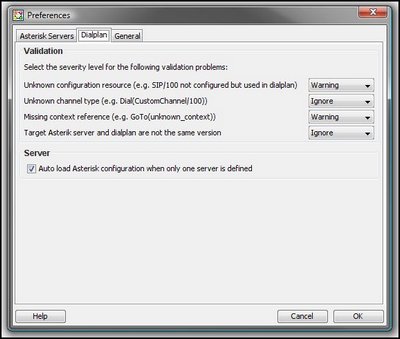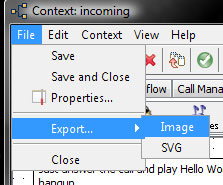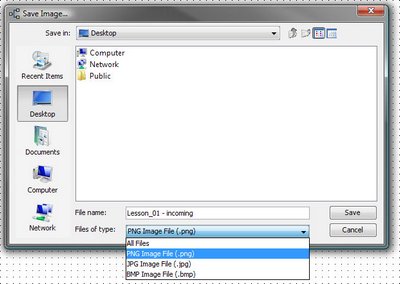Well, Here we are with a new APSTel Visual Dialplan Professional or Standard Editions release. It’s been a while, we just haven’t been able to find the time to post about this new release. We did post a brief news article citing the release notes from ApsTel but it never went furthur than that. You may remember our original articles on the subject, Part 1 Here, Part 2 Here, Part 3 Here and Part 4 Here.
We also run a pretty geeky but fun sister site, called Rate My Asterisk/VOIP Dialplan. It’s just like one of those hotornot or ratemyface sites except it’s all about rating PBX Dialplan graphics. Very easy to do with APSTel Visual Dialplan Professional or Standard Editions.
We’ve hosted the binaries for APSTel Visual Dialplan Professional and Standard on our server so you can grab them here and help offload the APSTel servers.
So, not too much in the interface has changed this time around so this little article won’t be as screenshot heavy as the last ones were.
We’re going to focus on the additional features and what that means for us Dialplan Creation ninjas. With the release of version 2.0 comes quite a few changes under the hood and some visible to us end users.
Some of the new features available to us;
- Asterisk server configuration view
- Pre-populated components with configuration data read from Asterisk server
- More powerful validation engine that now validates dial plan against Asterisk server configuration data
- Ability to fine tune validation engine behavior
- Improved GUI with descriptive toolbar icons
- Ability to save dial plan graphical presentation as image file
- Cepstral Text-to-Speech support
Hey look, a new splash screen!

Now, on to the program. We are especially fond of the save as image and validation engine. We’ll get to those later. First lets check out the Asterisk Server Configuration View.

Here you can see the program allows for data from the Asterisk server to be populated right in the application. You can view all your settings right from the server while you’re creating dialplans. This is very handy for people who aren’t so familiar with the other configuration options of Asterisk but want to be able to manage them anyway. Great addition in our opinion.
Another new feature is the ability to customize the validation engine.

Now you can set where you want breaks to happen, if at all. So, say for instance you’re working on a large dialplan and you’ve only put placeholders in for certain things. Instead of having the validator fail when checking those items, instead you can have it skip over them so you can still write out your dialplan and perform live testing. This is pretty handy, and a great feature addition we’ve been waiting for with the application as it makes testing your new dialplans much more effective and easy.
For those of you that use TextToSpeech with Cepstral, you’ll be happy to find that there is now support for this within the APSTel GUI

Now you can create even fancier dialplans with TTS support. Very cool!
Finally, we come to one of the coolest features, at least in our opinion. The ability to export your new dialplans as images. Great for Rate My Dialplan – hint hint!.

Cool, we can export as SVG! and also Image formats. Here’s the actual save window.

Don’t forget that we also run a pretty geeky but fun sister site, called Rate My Asterisk/VOIP Dialplan. It’s just like one of those hotornot or ratemyface sites except it’s all about rating PBX Dialplan graphics. Very easy to do with APSTel Visual Dialplan Professional or Standard Editions.
While you’re at it, download the binaries for APSTel Visual Dialplan Professional and Standard so you can create some terrific diagrams.